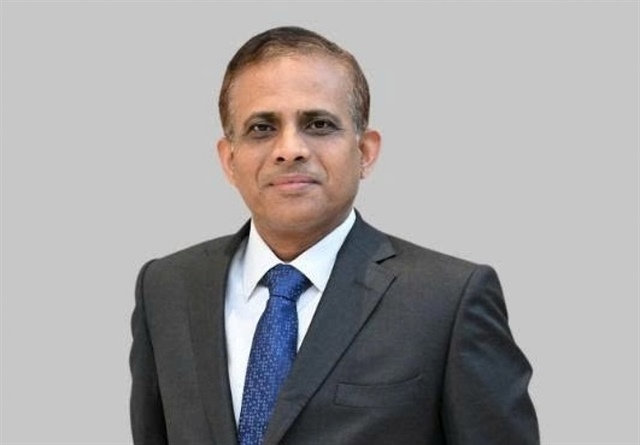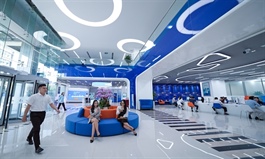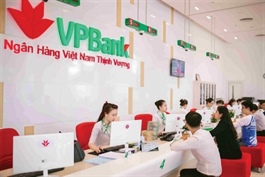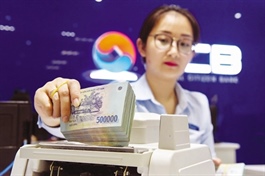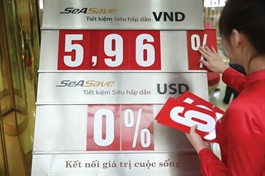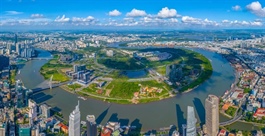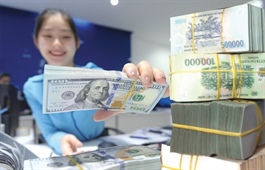Non-tariff barriers hindering free flow of goods and services
Non-tariff barriers hindering free flow of goods and services
A conference themed "Easing Non-Tariff Barriers to Unlock ASEAN’s Potential", co-organised by the New Zealand Embassy in Vietnam and VIR under the Ministry of Finance, is taking place on the morning of June 27 in Hanoi.
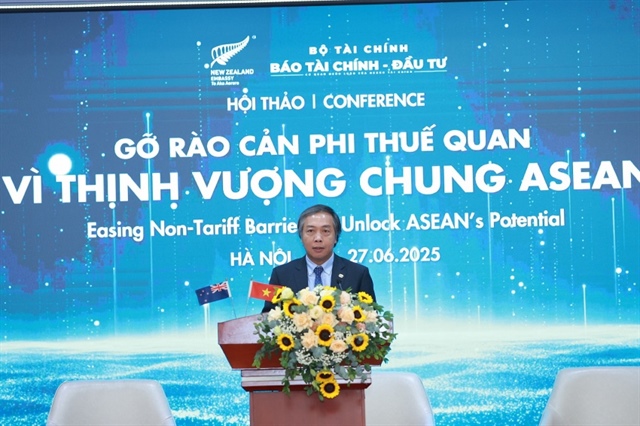
Le Trong Minh, VIR's deputy editor-in-chief |
At the opening ceremony, Le Trong Minh, VIR's deputy editor-in-chief, said that in the process of regional integration, ASEAN has made important strides. The intra-bloc tariff rate has been reduced to below 1 per cent. However, non-tariff barriers are still a challenge for the business community.
According to the World Bank, there are nine main types of non-tariff measures used, including sanitary and phytosanitary measures (37.5 per cent), technical barriers to trade (TBT) at 37.5 per cent, pre-shipment inspections, and other procedures.
"Despite legitimate objectives to protect public health, the environment, and domestic production, these measures can become invisible barriers to trade and investment in the region if they are not designed to be transparent, harmonised, and predictable," he siad.
"Businesses, especially small- and medium-sized enterprises (SMEs), will incur high compliance costs due to having to re-inspect products according to standards specific to each ASEAN country, or encounter difficulties due to lack of timely information on technical changes, specific certifications such as Halal, pharmaceuticals, and the application of digital procedures," Minh added.
According to the United Nations Conference on Trade and Development, trade costs due to non-tariff barriers account for 2-4 per cent of goods' value. According to a study by the Global Trade Analysis Project at the US' Purdue University, it is estimated that by reducing just 10 per cent of costs due to non-tariff barriers, ASEAN could gain trade growth of 3-4 per cent, equivalent to tens of billions of dollars.
"Thus, easing non-tariff barriers properly will significantly reduce transaction costs, facilitate access to regional markets for SMEs, and promote intra-bloc investment flows, as investors look for places with transparent legal frameworks and favourable supply chains," VIR's editor-in-chief emphasised.
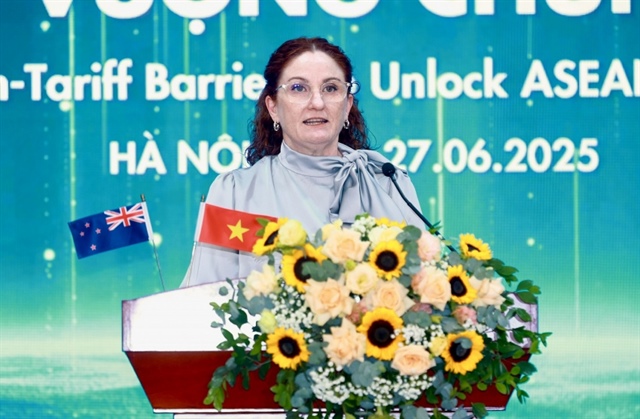
Caroline Beresford, New Zealand ambassador to Vietnam |
Caroline Beresford, New Zealand ambassador to Vietnam, said that in practice, more than 2.5 million non-tariff measures are in effect, affecting over 78 per cent of world trade, with compliance costs estimated at NZ$2.4 trillion ($1.46 trillion) in 2019. New Zealand businesses are reporting an increase in both the number and impact of non-tariff measures they face.
"We fully recognise that many non-tariff measures, such as biosecurity regulations that protect human, animal, and plant health, are necessary and can enhance trade. However, when such measures are implemented in ways that unnecessarily restrict commerce, they become non-tariff barriers, hindering the free flow of goods and services, delaying exporters, and undermining our collective goal of deeper regional integration," she said.
Governments across the region, including those of Vietnam and New Zealand, have made significant progress in reducing non-tariff barriers. But there is more to be done, and this requires a collective effort. The voice of business is crucial. Sharing practical experiences helps identify where policy gaps exist.
"And as government officials and policymakers, we must listen carefully and translate what we hear into effective, transparent, and appropriate regulations that support enterprise and remain in line with our international commitments," she said.
New Zealand, like Vietnam and other ASEAN partners, takes a proactive and solutions-focused approach to addressing non-tariff barriers. Exporters can contact any trade-related ministry and receive a response within 48 hours.
"All non-tariff barriers raised are logged in a national database and tracked. Currently, we are monitoring 194 cases, with several prioritised for resolution. We address these issues through multiple channels, including the World Trade Organisation, bilateral engagements, free trade agreement committees, and through innovative, partner-led approaches," the ambassador said.
"At the heart of this work is our belief in a dynamic and thriving private sector, both international and domestic, as central to sustainable development. Good regulation is trade-enhancing for economies, and reducing non-tariff barriers also helps to promote regional integration and trade," she added.
The conference today is also a platform for exporters and business leaders to share their firsthand experiences with non-tariff barriers. It will also explore actionable policy options for improving trade flows and shaping future negotiations, particularly in light of the global trade environment, support Southeast Asian governments in enhancing long-term market competitiveness, and strengthen regional business networks and equip companies with the tools needed to remain resilient and competitive.
- 09:30 27/06/2025


